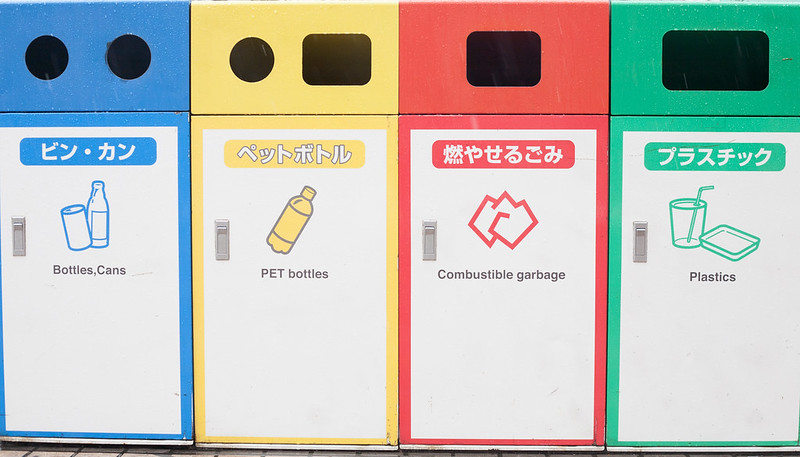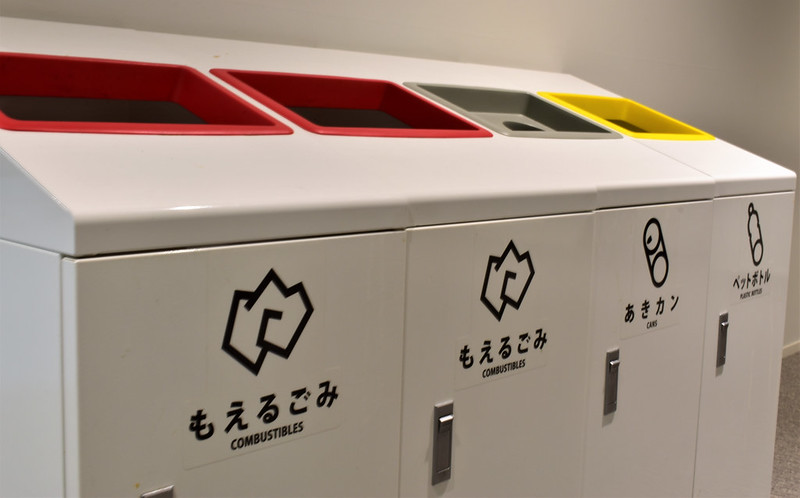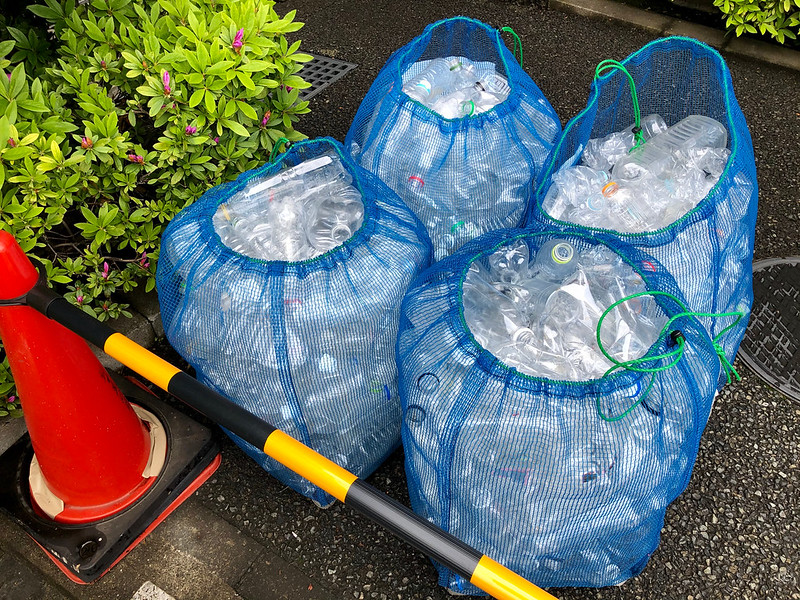
How to Sort your Garbage While in Japan
When travelling to Japan to begin your journey with KCP International, it’s important to get yourself acquainted with the Japanese culture and way of life. This would help make your transition in living in another country so much smoother. Aside from preparing yourself on the proper Japanese social etiquette in and out of the classroom, it helps to know about the other everyday things you will encounter during your stay, including the proper way to dispose of your garbage.
People around the world are always looking for ways to help our environment. Japan takes recycling and the disposing of garbage seriously. Knowing how to properly dispose of your own wastes while in Japan can be quite confusing for any new visitor. There are specific rules in separating your garbage depending on where you live. Here’s a simple guide on the proper way to dispose of your garbage in Japan.
Separate garbage according to classification
Flammable
These are wastes that can be burned (i.e. toilet paper, diapers, food wrappers, rubber and leather products, food containers). Flammable garbage must be placed in a clear plastic bag so that garbage collectors can see what’s inside. This type of trash is usually collected twice a week.
Non-Flammable
These are items that cannot be burned or is unsafe to be burned. Things such as used bulbs, plastic cords, hoses, ceramic ware, used appliances, and the like. Ceramics, metal, light bulbs, small electronics, aluminum foil, etc. With non-burnables there is usually a specific pick-up date. Check with your building or local ward office. Non-flammable trash is usually collected once a month.
Plastic bottles in blue nets.
Large Garbage
These include furniture such as sofas, shelves, beds, more than 50-centemeter long stuffed toys, bicycles, old carpets, beddings, and the like. Usually there is an extra fee if you want to get rid of larger trash. You can also check online for sites where you can sell or give away the things you no longer want.
Recyclables
All recyclables such as cardboard, boxes, plastic bottles, cans, gals, plastic bottles, batteries, magazines, newspapers, must be sorted and disposed of in correct containers. Paper, boxes and cardboard products must be tied together if in large quantities. Cans, plastic bottles and glass have to be placed in separate containers that are easily distinguishable by waste management. Rinse and remove labels of all types of containers. The garbage separation system in Japan is a great way to help the environment. You’ll get the hang of it in no time at all!


